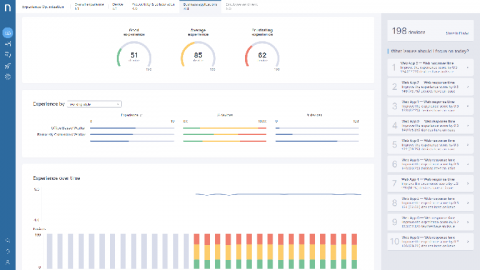Enterprise monitoring software: what to know before choosing
Finding an enterprise monitoring software is not an easy task. On the one hand, there are multiple options on the market that offer solutions of all kinds. On the other hand, you know that the implementation and eventual replacement of a tool with these features can be a burden and that, if you make a bad decision, you will regret it later.











